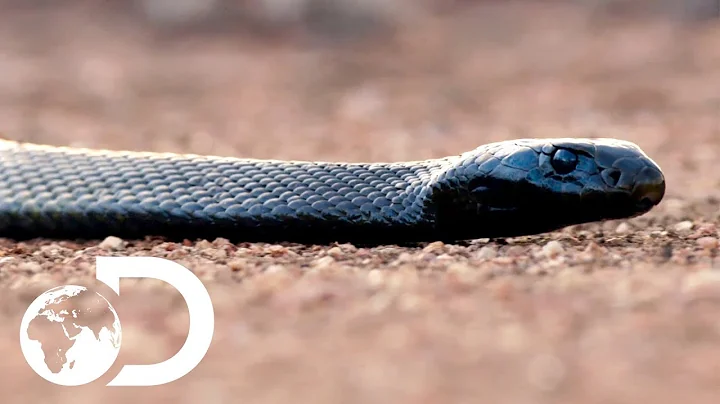
Pathways related to the huge body size and efficient nutrient utilization of deep sea lice. Photos provided by the Institute of Oceanology.
Body structure characteristics of isopods in different ecological niches. Photos provided by the Institute of Oceanology. Recently, researcher Li Fuhua of the Institute of Oceanology, Chinese Academy of Sciences, and Li Xinzheng’s research team collaborated to decipher the code. The world's first deep-sea crustacean, the genome of Bathynomus jamesi, was discovered, and the unique molecular genetic mechanism of the giant body size of the deep-sea sea louse and its adaptation to the deep-sea oligotrophic environment was revealed. This study is the first to report the genome of deep-sea crustaceans after deep-sea species such as deep-sea molluscs and deep-sea tubeworms, and provides important molecular evidence for revealing the unique evolution and genetic mechanisms of crustaceans' adaptation to deep-sea environments. Relevant research results were published in BMC Biology, a top biology journal. Isopods are a rare group of crustaceans that include aquatic, semi-terrestrial and completely terrestrial species, as well as deep-sea and shallow-sea species. There are huge differences in body size among taxa in different ecological niches. Among them, deep-sea isopods show a phenomenon of huge body size. Theoretically, the deep sea environment is extremely harsh, and its oligotrophic environment is not conducive to the survival of giant organisms because it requires more absolute energy. Deep sea lice are a representative species of giant deep-sea isopods. They have attracted widespread attention because they hold the record for the longest hunger strike in the world, which can last for more than 5 years. Deciphering the genome of the deep sea louse provides an important foundation for revealing the unique molecular mechanisms by which giant crustaceans adapt to the oligotrophic environment of the deep sea. Researchers first completed the sequencing and assembly of the genome of the deep sea louse and constructed a high-quality genome map. Its genome assembly size reaches 5.89 Gb, making it the largest genome species among crustaceans that have been sequenced so far. Studies have found that the content of transposable elements in its genome is as high as 84%, which is an important reason for genome expansion. Through comparative genomic analysis, researchers found that genes on multiple growth-related signaling pathways in the genome of deep sea lice have significantly expanded, including two hormone signaling pathways (thyroid and insulin hormone signaling), the mTOR signaling pathway and Hippo signaling. pathway, indicating that the formation of giant body size of deep sea lice may be closely related to its enhanced growth-related signaling pathways. Deep sea lice have a huge stomach filled with food, accounting for 2/3 of the body volume, and also have developed tissues for storing organic matter - liposomes . In order to analyze the mechanism of efficient nutrient utilization of deep sea lice, researchers sequenced and analyzed the transcriptome of different tissues of deep sea lice. The results found that a large number of sugar metabolism and membrane vesicle transport-related gene families have undergone significant changes in the deep sea lice genome. expansion, and is highly expressed specifically in the stomach and intestines, suggesting that it may be related to efficient energy utilization. In addition, the researchers found that the accumulation of lipids in liposomes was mainly due to their low lipid metabolism efficiency rather than efficient lipid synthesis ability. The research on was funded by the National Key Research and Development Program and the National Natural Science Foundation of China. Paper related information: https://doi.org/10.1186/s12915-022-01302-6 Source: Science Network Zhiling, the official subscription number of the Chinese Engineering Science and Technology Knowledge Center of the Chinese Academy of Engineering. Pay attention to scientific and technological trends, popularize scientific and technological knowledge, carry forward the spirit of academicians, and spread scientific ideas. China Engineering Science and Technology Knowledge Center_The academic community has been established. Add WeChat: xpcztym invites you to join the group 





















